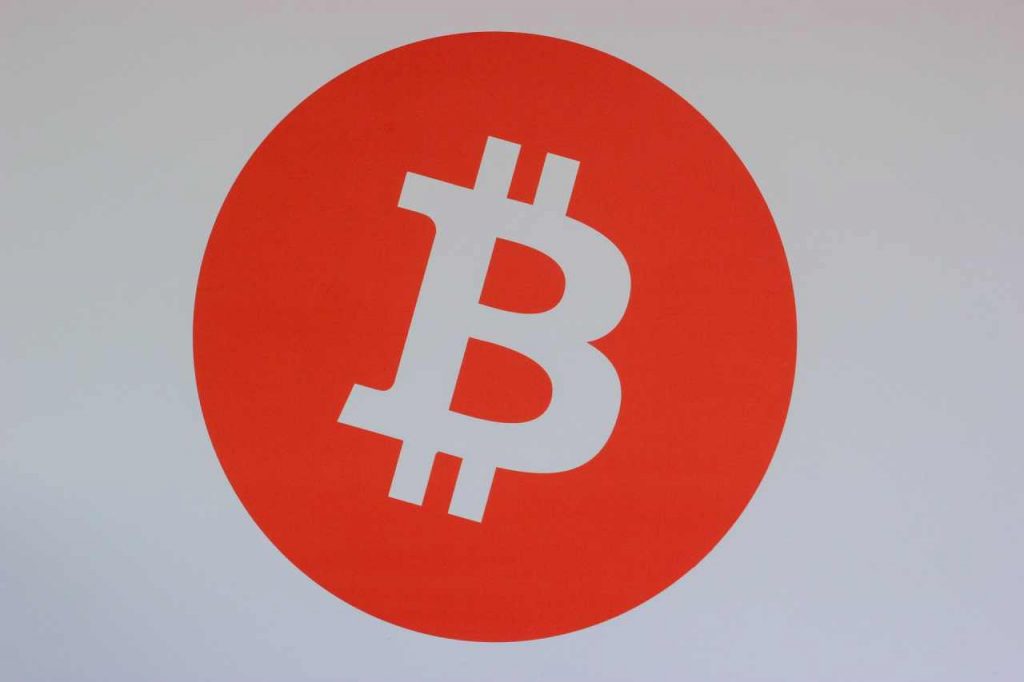Blockchain is currently one of the most popular topics discussed in the technology industry. But what is it? And why has blockchain become so popular?
See also: Mexc bonus for registration – how to get it? Check it out!
Let’s start from the beginning. The first major application of blockchain technology was bitcoin, which was released in 2009. Bitcoin is a cryptocurrency, and blockchain is the underlying technology. Cryptocurrency refers to a digital coin that runs on the blockchain.
Understanding how the blockchain works with Bitcoin will allow us to see how the technology can be transferred to many other real-world use cases.
Bitcoin is the brain child of a mysterious person or group of people known as Satoshi Nakamoto. No one knows Nakamoto’s identity, but their vision was laid out in a 2009 white paper titled “Bitcoin: Peer-to-Peer Electronic Cash System.”
Check also – Digital Nomads , who are Digital Nomads and how do they live?
Bitcoin’s Blockchain
The blockchain behind bitcoin is a public ledger of every transaction that has taken place. It cannot be tampered with or altered. Proponents of the technology say this makes bitcoin transactions safer than current systems.
So here are some facts about Bitcoin:
- It is not issued by a central authority.
- Its supply is limited
- There are currently just over 17 million in circulation.
- It is widely believed that the first transaction using bitcoin was carried out by a programmer named Laszlo Hanyecz, who spent 10,000 bitcoin on two Papa John’s pizzas in 2010.
- The identity of bitcoin creator Satoshi Nakamoto remains a mystery.
- Bitcoin has often been used to buy illegal products such as drugs.

How it works.
Bitcoin blockchain is “decentralized,” meaning it is not controlled by a single central authority.
While traditional currencies are issued by central banks, Bitcoin has no central authority. Instead, Blockchain is maintained by a network of people known as miners.
These “miners,” sometimes called “nodes” on the network, are people running specially built computers that actually compete with each other to solve complex mathematical problems to make transactions.
For example, say, many people make bitcoin transactions. Each transaction comes from a wallet that has a “private key.” This is a digital signature and provides mathematical proof that the transaction came from the wallet owner.
Now imagine that many transactions take place all over the world. These individual transactions are grouped into a single block, organized according to strict cryptographic rules. The block is sent to the Bitcoin network, which consists of people with high-powered computers. These computers compete with each other to validate transactions, trying to solve complex mathematical puzzles.
The winner receives a reward in the form of a Bitcoin.
This validated block is then added to previous blocks to form a chain of blocks called a blockchain.
Blockchain is resistant to tampering
One of the advantages of the blockchain is that it cannot be tampered with. Each block that is added to the chain contains a hard, cryptographic reference to the previous block.
This reference is part of the mathematical problem that must be solved in order to insert the following block into the network and chain. Part of the solution to the puzzle is to work out a random number called a “niece.” The niece, combined with other data such as transaction size, creates a digital fingerprint called a hash. It is encrypted, which makes it secure.
Each hash is unique and must meet certain cryptographic conditions. When it does, the block is completed and added to the chain.

